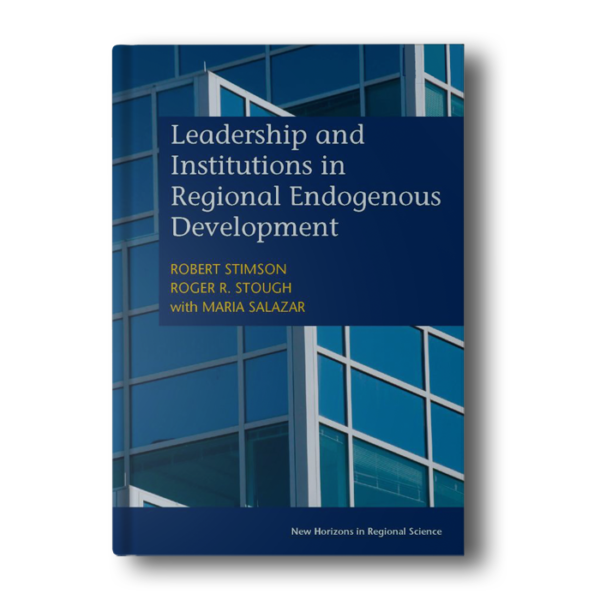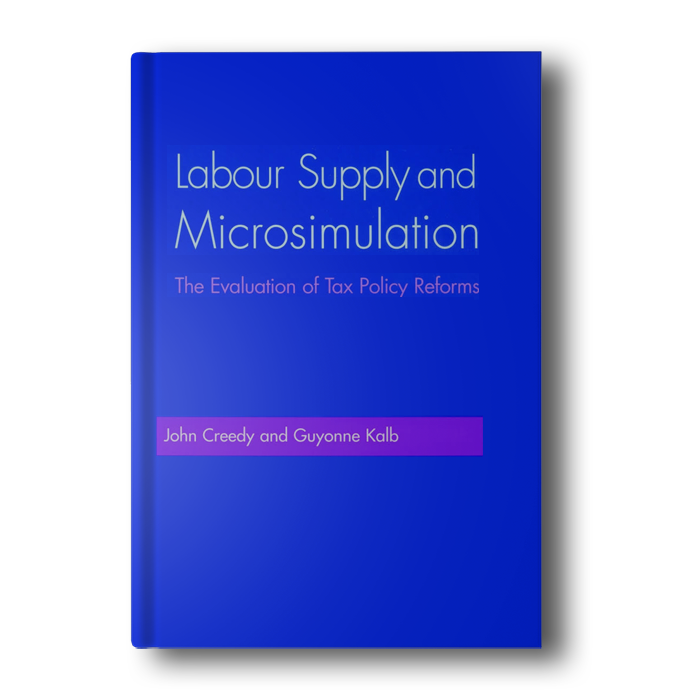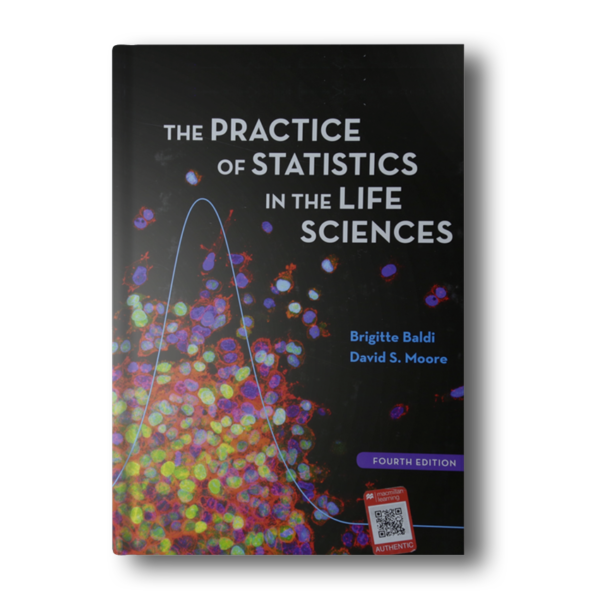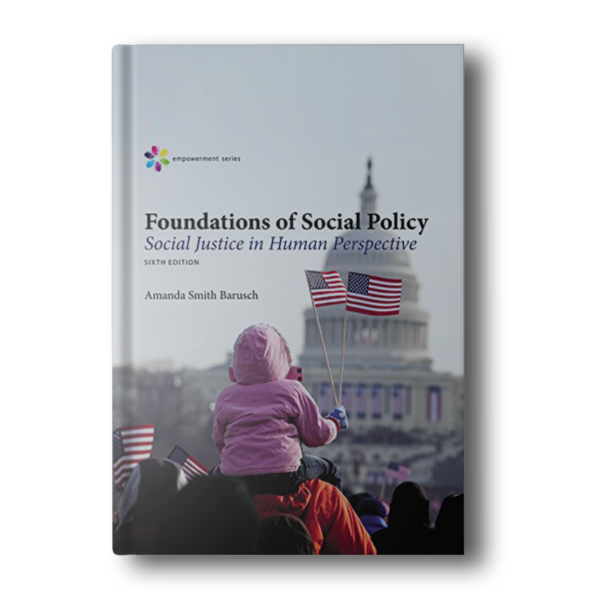This book provides a detailed introduction to behavioural tax microsimulation methods and reviews the use of such models for evaluating tax policy reforms.
The steps required to construct a microsimulation model are described in detail and methods of evaluating policy changes are then presented. Labour Supply and Microsimulation deals with a number of issues related to interpreting results from microsimulation, such as welfare measurement, income distribution, confidence intervals around the simulated results and feedback effects on the wage distribution via labour demand. All of the approaches and proposed methods are general and not model-specific.
The book includes detailed descriptions of how labour supply models can be used in building behavioural microsimulation models as well as the development of new methods for evaluating policy reforms; for example, dealing with income distribution in discrete hours models, measuring welfare changes and constructing confidence intervals.
John Creedy and Guyonne Kalb’s book will appeal to graduate students and academic researchers in the fields of labour economics and public finance. Economists in government departments who wish to use the output from microsimulation models in tax policy analysis and design will also find much to engage them within the book.















Reviews
There are no reviews yet.